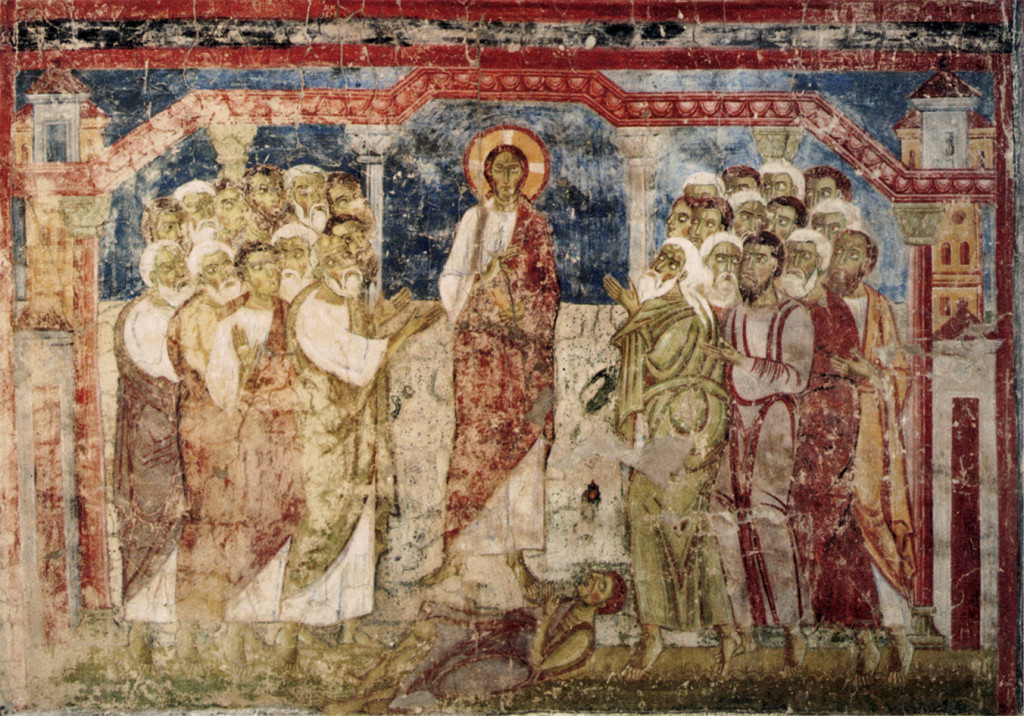Third Sunday after the Epiphany | Luke 4:14-30
Killing Jesus, Part 1 — A Cliffhanger
Everything started so well. Jesus stood in the synagogue of his childhood home, Nazareth, reading from the scroll of Isaiah.
“The Spirit of the Lord is upon me,
because he has anointed me
to proclaim good news to the poor.
He has sent me to proclaim liberty to the captives
and recovering of sight to the blind,
to set at liberty those who are oppressed,
to proclaim the year of the Lord’s favor.”
All of this, all of these good things, have come to pass, Jesus tells them. So far, so good. If he had stopped there, things might have been ok. He could have gotten up and walked away, but no. He had to elaborate. He had to tell these people that grace extended to other folk. Different people. Foreigners.

That’s when they dragged him out and threw him over a cliff. Well, almost.
They bum rushed Jesus, frog walked him to the edge of a cliff, and they made to throw him over. It didn’t take a lot of planning on their part. Nobody had to stand up and say, Hey, here’s what we can do to him. No, they just did it, as though they had done such a thing before this occasion, these religious folk with an inclination to violence.
It makes you wonder what one might have seen at the bottom, what kind of bones and rags were bleaching in the sun down there. Somehow their reaction feels modern, like something one might hear on the news, an incident involving a fringe religious group, except that the people in this story are not fringe lunatics. They are mainstream, church folk, salt of the earth.
Incidentally, the Lectionary gives the same passage of scripture to both the Third and Fourth Sundays after Epiphany, though the story is split between them. It’s a cliffhanger.
Mark, not Luke, is the Gospel known for using halves of one story to bookend another one. Still, it is worth considering where Luke places this story. Before Jesus visits the peculiarly violent congregation of Nazareth, he was in the wilderness, being tempted by Satan himself. After escaping from the mob, Jesus goes home to Capernaum and so to the synagogue there, only to be met by a man “who had the spirit of an unclean demon.”
It is an odd sandwich, with the faithful people in the middle and demons on either side. Jesus escapes his meetings with demons unscathed, but the religious folk nearly kill him. There is no peace, says the Lord, for the wicked. (Isaiah 48:22)
Temptation in the wilderness, violence in the church — it is no wonder that Jesus did most of his teaching while walking out in the open, along the seashore and in the streets, more like a Greek philosopher than a Jewish rabbi. The people he found there did not think themselves to be so special, so important, in the eyes of God. They knew the real thing when they saw it, and they knew they weren’t it. The congregation gathered on the pews were different than the congregation called together on the street, which leaves us with questions.
Why does one group get so angry so quickly, to the point that they try to throw Jesus off a cliff, unwittingly trying to kill God himself? And perhaps more to the point, to which congregation do we belong?
Next week — Killing Jesus, Part 2


